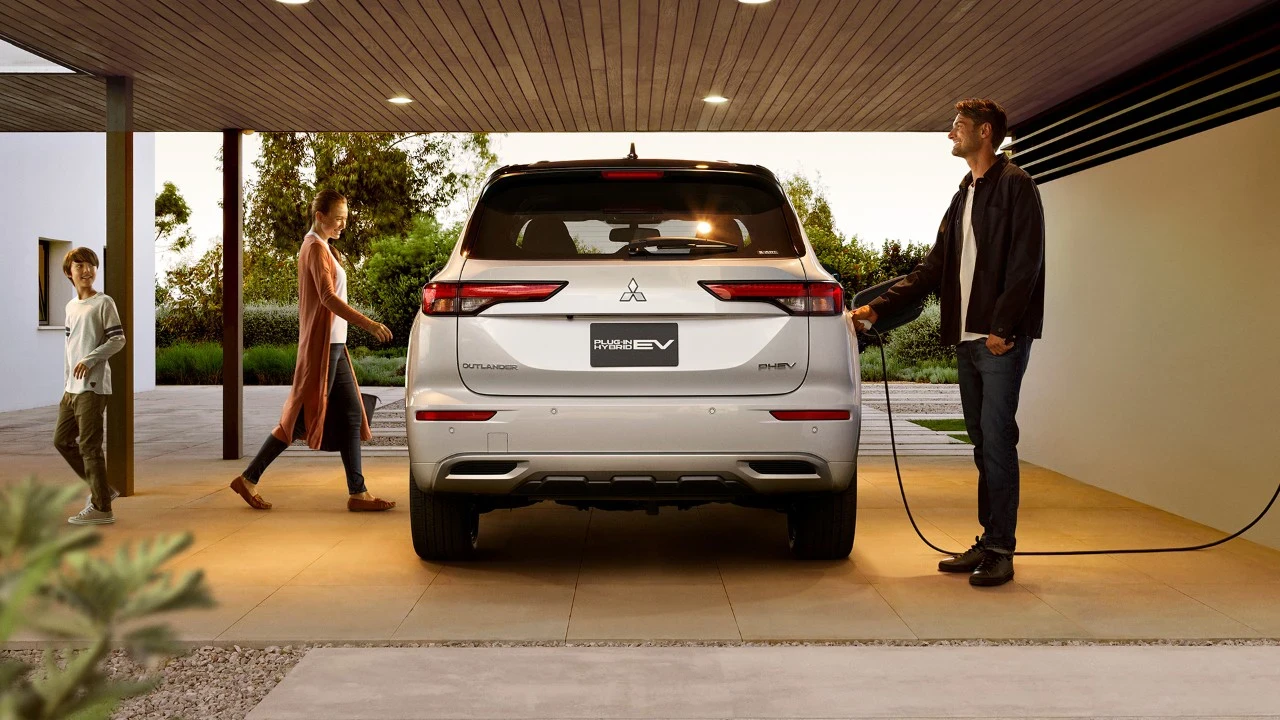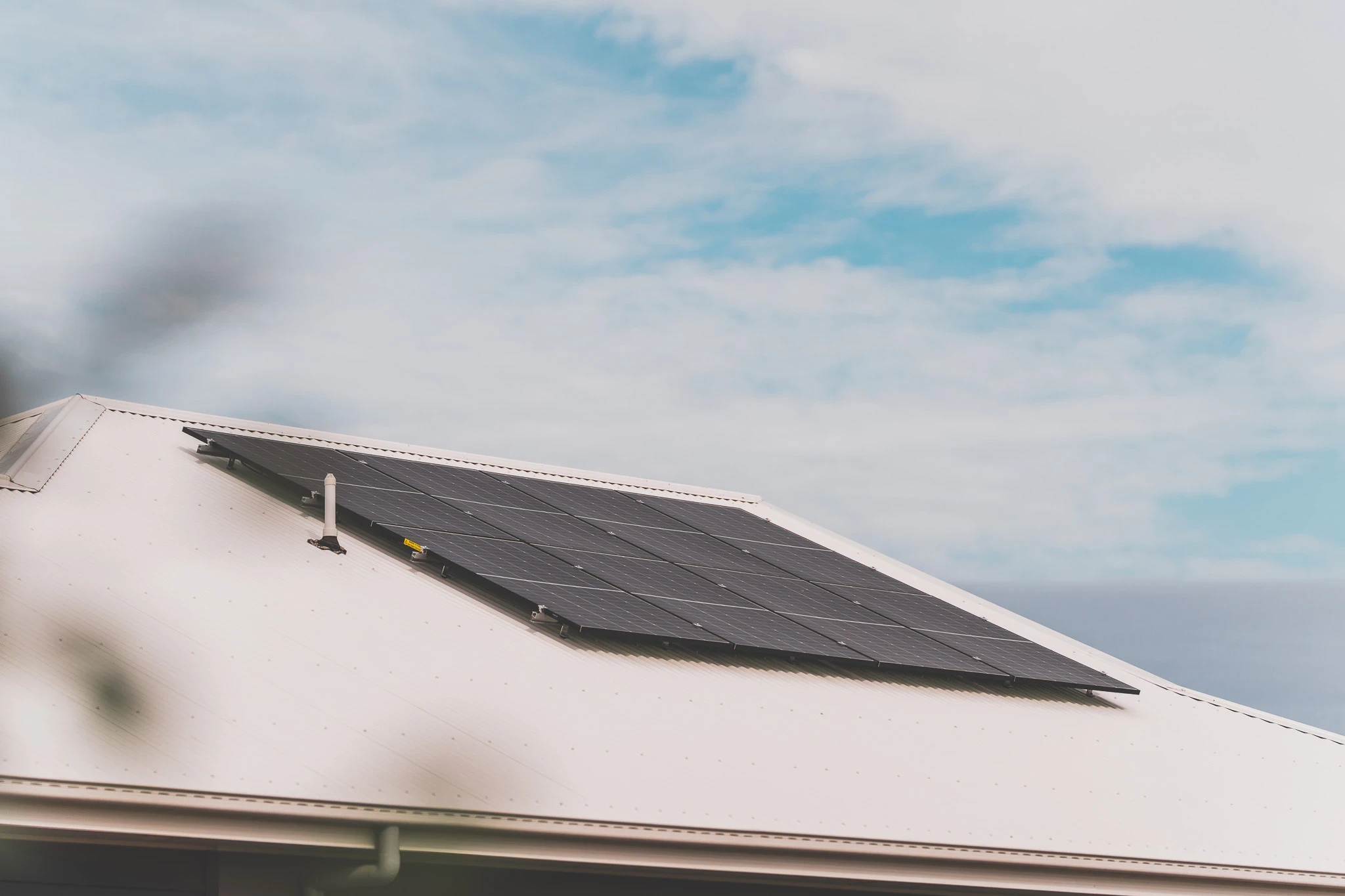Saving on Solar: Rebates, Loans, & Incentives NSW⚡2025
Posted 27 Mar
Posted 27 Mar
In a world of uncertainty, home and business owners are looking for ways to ensure their energy is protected or at least shielded from possible price increases and fluctuations.
For business and homeowners in the Newcastle, Maitland, and Hunter areas, it’s no different as they research solar options and the available rebates and financing that can benefit them.
Let’s go through the solar PV rebates, financing loans, and Government incentives that are available for Australians for 2025.
Subsidy: Residential & Commercial
A well-known scheme, developed by the Australian Government is the Small-Scale Renewable Energy Scheme (SRES) which helps reduce the cost of most new residential and business rooftop solar systems.
This incentive is technically not a rebate, but it still provides discounts on solar systems by producing tradable certificates called small-scale technology certificates or ‘STCs’ for eligible installations.
You receive a certain amount of STCs when you install or upgrade your solar PV system. The value of these STCs are based on the estimated amount of electricity that your system should generate until 2030.
Accredited solar installers like us give you the discount upfront on your overall quote and apply for the STCs and sell them on your behalf.

3kW Solar System – $3,400*
5kW Solar System
– $4,100*
6.6kW Solar System
– $5,400*
8kW Solar System
– $6,600*
10kW Solar System
– $8,200*
13kW Solar System
– $10,700*
20kW Solar System
- $16,500*
To be eligible for the SRES incentive you must:
STC value is based on the size of our solar system (up to 100kW) and what climate zone the system is installed.

Subsidy: Commercial
The Federal and NSW Government dedicated a total of $25 million in grant funding to fund 50% of the cost of shared solar PV systems on eligible apartment buildings and other multi-unit dwellings.
The grant will end on the 1st December 2025, or when the funds of $25 million are fully allocated, with a per-project cap set at $150,000.
‘Less than 2% of apartment buildings in NSW currently have solar systems installed. As energy costs climb and the number of people living in apartments continue to increase, innovative solutions are needed to allow apartment owners and renters to benefit from solar energy.'
This solar grant is available for Strata managements to apply for buildings eligible under the following conditions:
Residential & Commercial
A solar feed-in-tariff is the excess solar energy you export back into the grid, where providers provide payment, usually in the form of credit on your electricity account.
Depending on what energy retailer you are with, each one will have various plans that affect the feed-in rate that you get for exporting your solar energy into the grid.
As of this article, EnergyAustralia offers up to 10.0c per kWh exported on the solar max plan, capped at 12kWh. Other providers like AGL and Alinta Energy both also provide 10.0c but only the first 10kWh per day.


Subsidy: Residential & Commercial
Whilst we are on the topic of solar, it is also worth noting the Peak Demand Reduction Scheme (PDRS), which is a NSW solar battery subsidy, designed to increase battery adoption and grid-stability.
Last year, the NSW Government announced the release of a battery ‘rebate’ incentive scheme to provide upfront discounts on first battery storage installations for homes and businesses throughout NSW.
Eligible battery storage includes Tesla Powerwall 2 & Tesla Powerwall 3, Sungrow SBH/SBR, and BYD battery-box.
Available for first-time battery purchases, here are the battery requirements for the incentive:
Available for first-time battery purchases, here are the requirements for the customer:
Financing: Residential & Commercial
With the rapid uptake of solar power Australia-wide, the initial cost of solar systems can be a barrier for many. Financing and loan options can be a great way to help home and business owners fund their solar installation with no upfront costs.
Providers like Plenti and Parker Lane both have accessible green loan options for those who are interested in getting solar soon rather than later. Both providers offer flexible terms and rates to enable more owners to consider getting solar.

Before anything, simply get in contact with an accredited solar installer to walk you through the best methods of financing and saving opportunities to ensure you get the most out of your system.
Choose one of the providers’ flexible repayment options that best suits your budget and needs. Submit your application form and await approval.
Once your submission has been approved, your installer can get the ball rolling and organise your home solar system installation to enable you to start harnessing the sun’s energy.

With all the current incentive and financing offers, does solar power actually work out to be an investment, or is it all hype?
Determining if solar is worth it in 2025 really comes down to your usage habits. If you consume most of your energy through the day, solar will be a great investment in offsetting higher daytime consumption habits.
However, if you consume most of your energy in the evenings (like coming home after being at work all day), solar, at least by itself, might not be the right choice for you. You can pair a solar system with a solar battery which allows you to continue access to solar energy, even when the sun is long-gone.
Let’s have a look at a real-life example.
To give you a bit of insight in how much a 6.6kW solar system is, consisting of 15x Trina Solar Panels and a Fronius 5kW inverter, the system comes in at about $6900 installed*, which includes the SRES solar incentive discount.
This 6.6kW solar system is estimated to save the customer around $1,400 per year, completely absorbing all their daily energy consumption, producing about 117% of their total demand and feeding the rest into the grid.
The SRES discount was valued at around $1800* for the system, reducing the price for the customer.

Whilst there are only a few incentives for the community to invest in solar power, now is the perfect time to get solar to maximise your investment.
By getting in now, you get to get the maximum discount possible whilst the incentives diminish.
If you’re someone who has been considering getting solar, the statistics above are available as a part of a solar quote. Our team will collaborate with you to find the best solution possible, and a part of the quote is relevant statistics that your system could have. And all this is free, free quoting and consultation is a must to ensure you feel looked after.
*System price will vary upon site inspection and installation requirements.

Should solar owners get a home battery (ESS) or wait for vehicle-to-home (V2H) technology to use electric vehicle battery power to be available in Australia?

Discover available rooftop solar PV rebates, loans, and incentives in Newcastle, Maitland, and the Hunter, NSW and explore eligibility and how to apply.
Leave a Comment